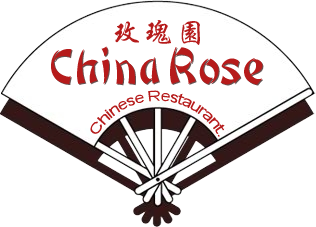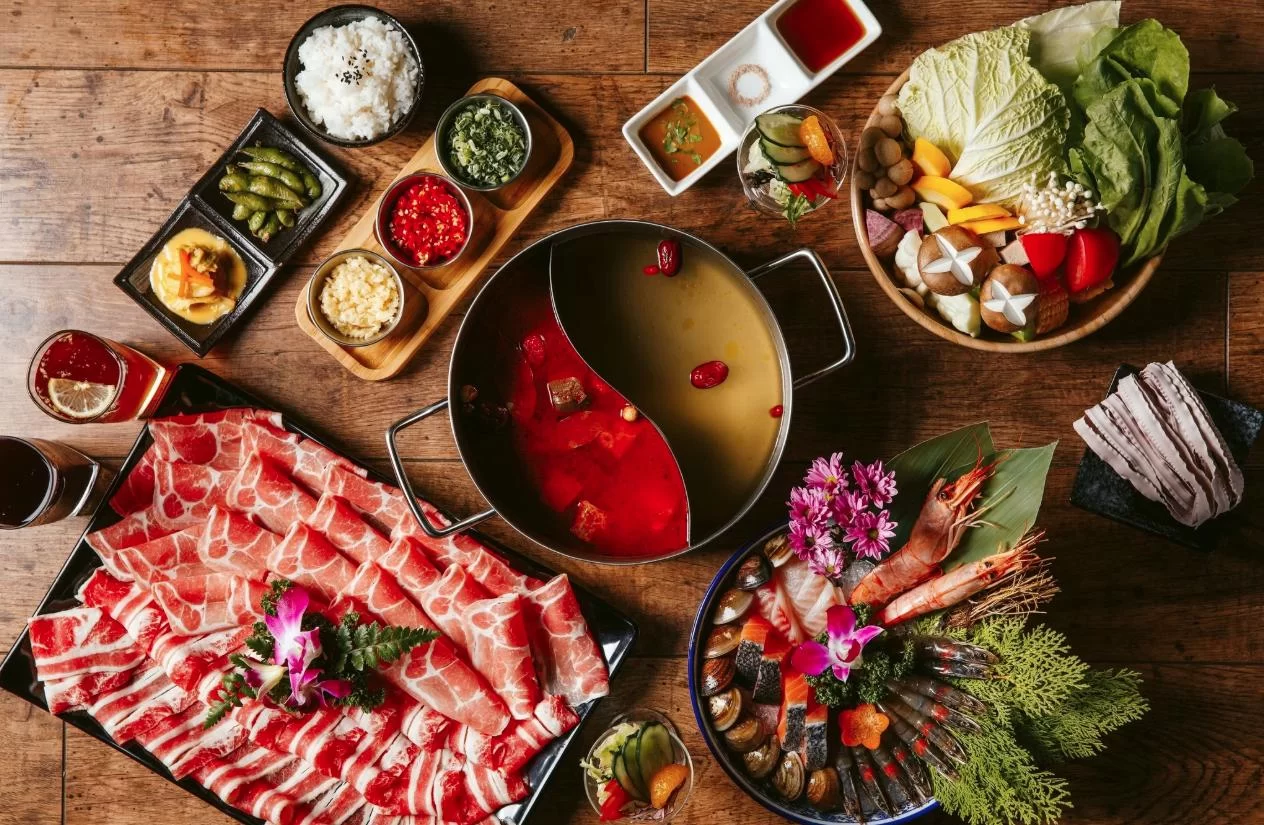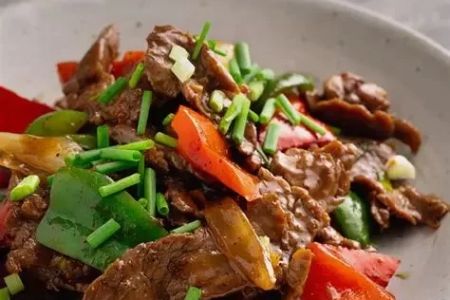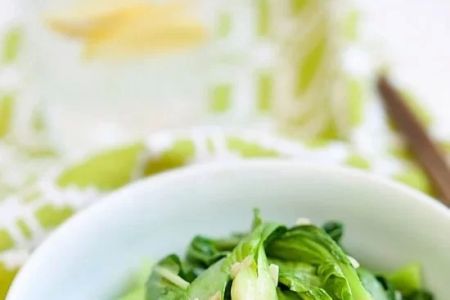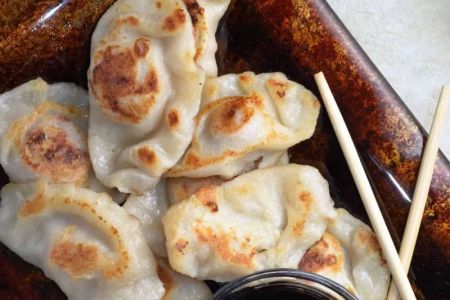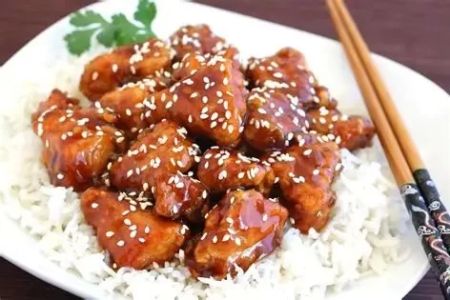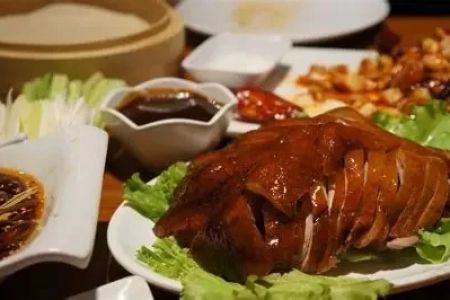- 1 - The Cultural Origin of Kung Pao Chicken
- 2 - Essential Ingredients for Authentic Flavor
- 3 - Marinating Chicken for Best Results
- 4 - Cooking Methods That Make the Difference
- 5 - Balancing Heat, Sweetness, and Tang
- 6 - Stir-Frying Like a Pro
- 7 - Real Kitchen Stories and Experiences
- 8 - Common Mistakes to Avoid
- 9 - Modern Variations on a Classic Dish
- 10 - Bringing Authentic Kung Pao Chicken to Your Table
1. The Cultural Origin of Kung Pao Chicken
Kong Pao Chicken, known as Gong Bao Ji Ding in Chinese, traces its roots back to Sichuan Province. It was named after a Qing Dynasty official, Ding Baozhen, and has become a symbol of bold Chinese flavors. Understanding its history helps us appreciate why this dish is cherished worldwide today.
2. Essential Ingredients for Authentic Flavor
Authenticity comes from using the right ingredients. Diced chicken breast or thigh, roasted peanuts, dried red chilies, Sichuan peppercorns, soy sauce, and Shaoxing wine are must-haves. The combination of spicy, nutty, and savory flavors is what sets Kung Pao Chicken apart from other stir-fries.
3. Marinating Chicken for Best Results
Marinating the chicken in a mix of soy sauce, cornstarch, and Shaoxing wine ensures tender and flavorful bites. The cornstarch creates a protective layer that keeps the meat juicy even during high-heat stir-frying.
4. Cooking Methods That Make the Difference
Authentic Kung Pao Chicken is cooked over high heat using a wok. Quick frying allows the chicken to sear while staying tender. Timing is critical—overcooking dries out the chicken and dulls the flavor.
5. Balancing Heat, Sweetness, and Tang
The soul of Kung Pao Chicken lies in its sauce. A mix of soy sauce, vinegar, sugar, and sometimes hoisin creates a perfect balance. The heat from dried chilies and numbing effect of Sichuan peppercorns add layers of complexity, making each bite exciting.
6. Stir-Frying Like a Pro
Proper stir-frying involves constant tossing and quick cooking. The chilies and peppercorns should be briefly fried in oil before adding the chicken, which releases their aroma and flavor. Then, vegetables like scallions or bell peppers can be added for color and crunch.
7. Real Kitchen Stories and Experiences
Many home cooks in the U.S. have shared how their first attempt at Kung Pao Chicken was overwhelming due to the heat of Sichuan peppercorns. However, adjusting spice levels to personal taste while keeping the original recipe’s essence often results in a dish the whole family enjoys. One cook mentioned that after trying several online recipes, sourcing authentic Sichuan peppercorns finally gave her dish the "restaurant flavor" she was missing.
8. Common Mistakes to Avoid
Using too much oil, skipping the marinade, or adding peanuts too early are common pitfalls. The peanuts should be added last to preserve their crunch. Also, don’t substitute Sichuan peppercorns with black pepper—it changes the character of the dish entirely.
9. Modern Variations on a Classic Dish
Today, Kung Pao Chicken has inspired many variations, from vegetarian versions with tofu to Western adaptations that tone down the spice. While purists may prefer the traditional recipe, experimenting with ingredients can make it approachable for different palates.
10. Bringing Authentic Kung Pao Chicken to Your Table
Cooking Kung Pao Chicken at home is a rewarding experience. It brings restaurant-quality flavor to your kitchen and connects you to centuries of culinary tradition. If you’re looking for high-quality ingredients or cooking guides, Chinese Food is a great place to find the right resources for your next authentic meal.
